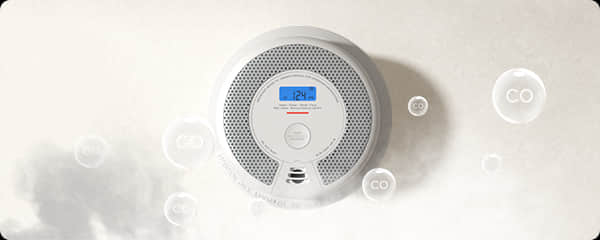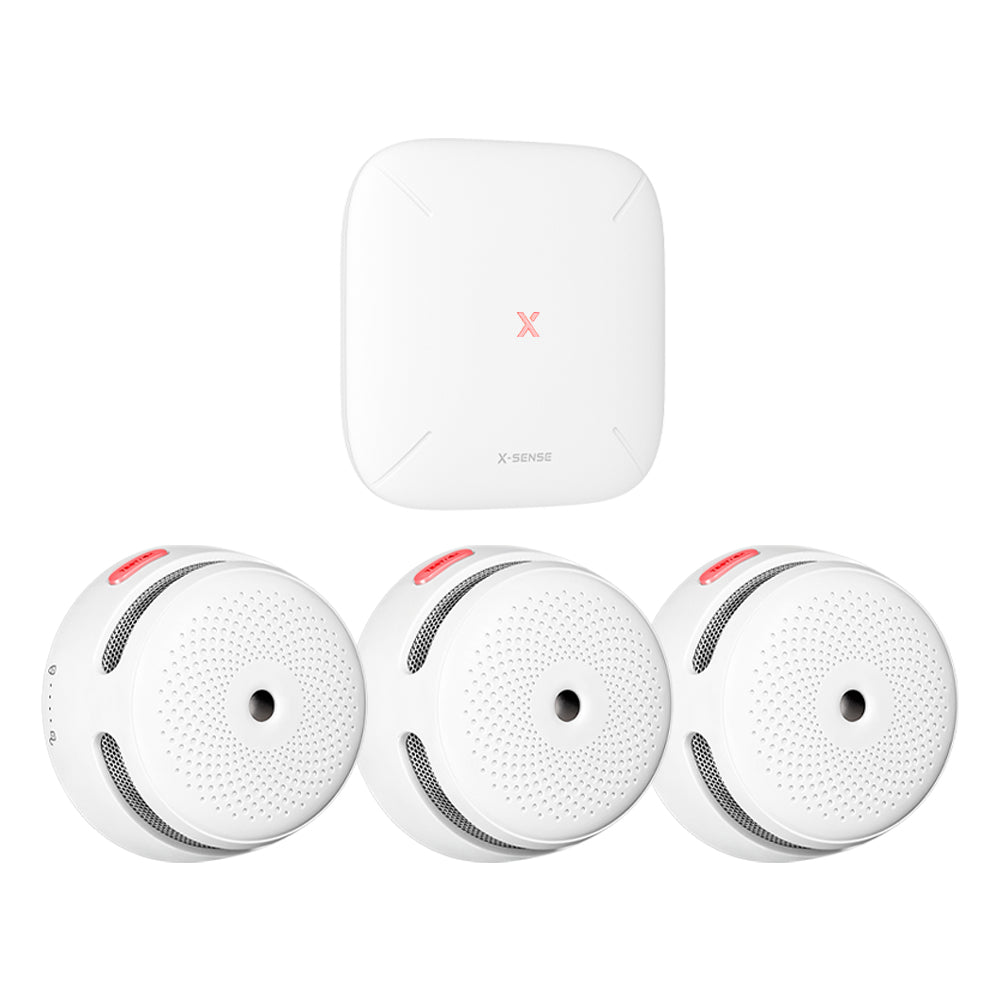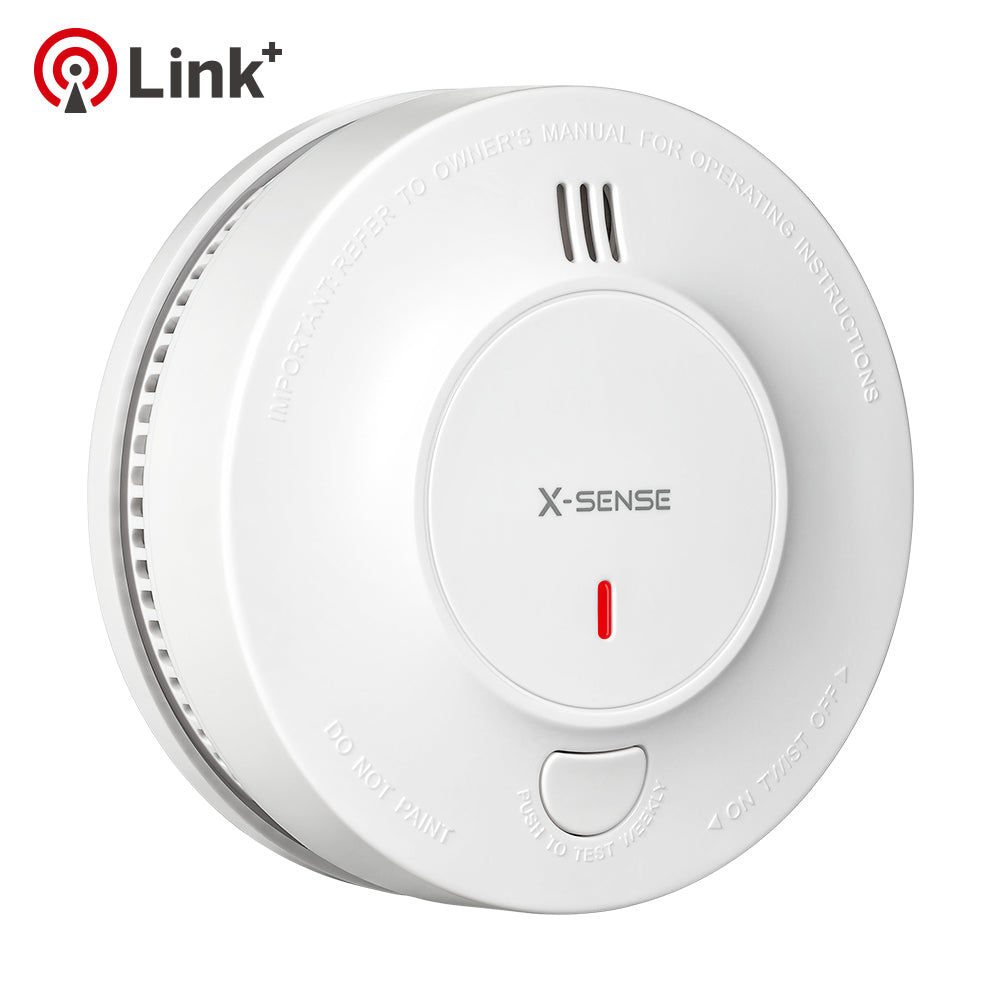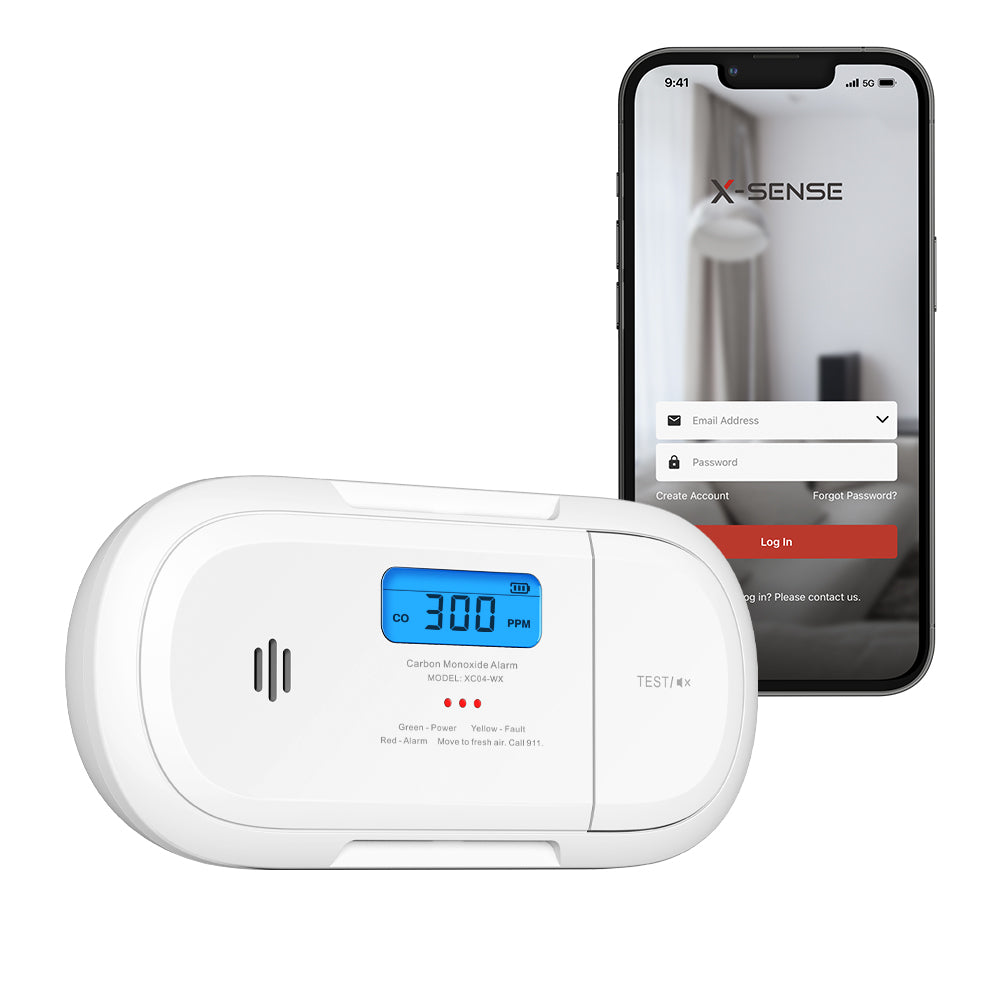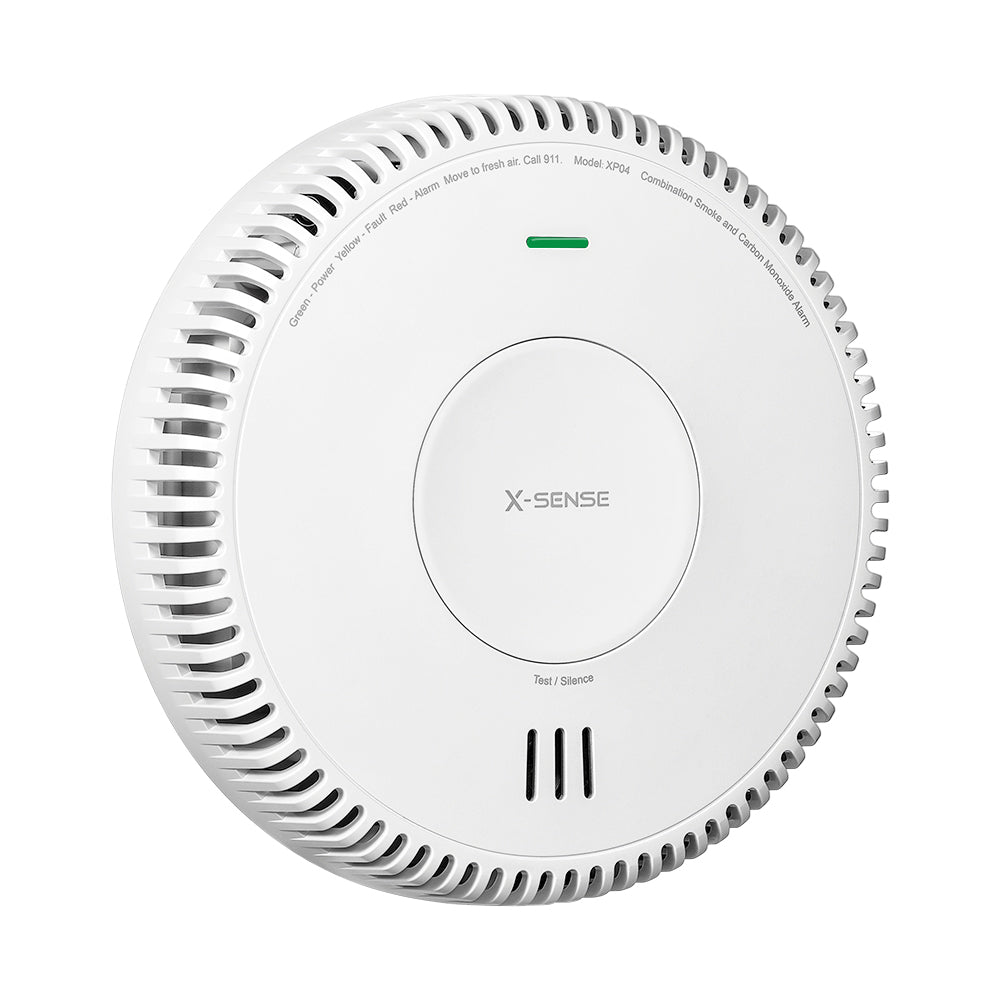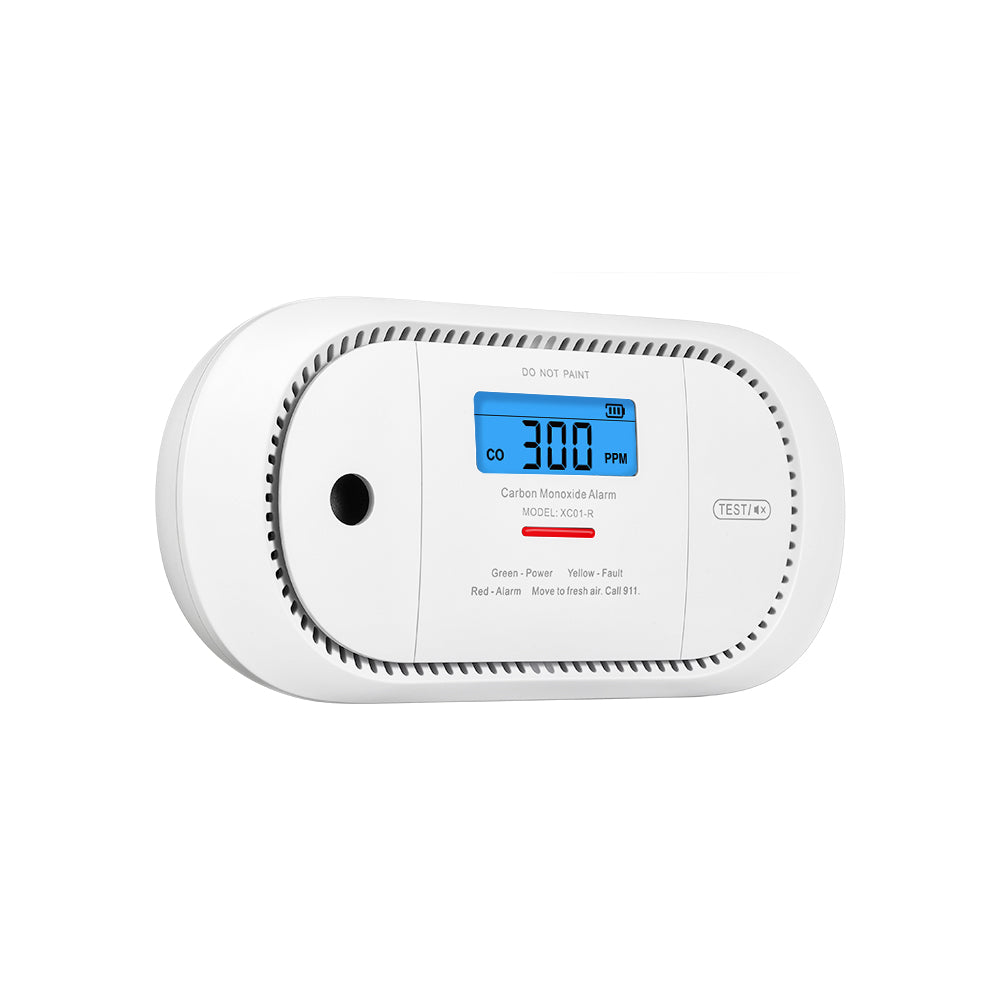How to Prevent False Carbon Monoxide Alarms
Mon, Apr 26, 2021
A Carbon Monoxide Detector is designed to be an early warning system for any CO presence in the environment. However, they are also prone to trigger in unnecessary situations. To avoid this, we can take the necessary measures. By first understanding what can cause them, we can have better insight into how we can prevent false CO alarms to occur. Secondly, is to know the possible beeping combinations that your device can produce. This is its way of communicating what it is experiencing. And lastly, is to maintain your surroundings so that false alarms can be fully avoided.
What Are the Causes of False Alarms of Carbon Monoxide Detectors?
Carbon Monoxide detectors are sensory devices that are programmed to react when CO concentration levels go beyond the acceptable measure. However, as effective as it sounds, such devices are still prone to get triggered unnecessarily. And this is what we call “false alarms.” To be able to avoid this, we first need to understand what can cause it.
- The Carbon Monoxide detectors need to be placed in the right place at the right distance. Having them too close to the fuel appliance will surely trigger them with the faintest presence of gas. Thus, it is best to locate them at least 15 to 20 ft. away from the burning sources.
- Humidity which can be most present in showers can also trigger it to sound. Thus, for those areas, it should be placed at least 10 ft. away from the source.
- Your fossil-burning appliance may be faulty, causing an unexpected gas leak. To identify whether your appliance is burning the fuel completely, you should see the blue flame color in the stove. If you see the flame turn yellow immediately, this means that the carbon monoxide is not completely burned. If you have this issue, you need to have your unit checked immediately.
What Do the Carbon Monoxide Alarm Sounds Mean?
Your Carbon Monoxide Detectors may signal different beeping sounds which can be confusing for those who are not aware of it. And it is important to understand these sounds so that one can properly differentiate an actual emergency from battery service replacement. Alarm sounds:
4 Beeps Followed by a Pause (Repeating Every 5 Seconds)
This means that the environment has dangerous CO concentration levels. One should immediately rush out and seek fresh air and call for an emergency.
(If Being Tested) 4 Beeps and then a Pause, and Will Repeat Twice, Ending with a Final Beep
This will only occur if you happen to have triggered the self-test of the device. And this means that the alarm is still working well.
1 Short Beep
This means that the device was powered ON. This happens if the device is disconnected and put back in or if a battery replacement was conducted.
1 Beep Every Minute
This calls for a battery replacement as the device is reaching low energy levels
This means that the device is no longer working properly and even malfunctioning. When this is encountered, the device must already be considered for a full replacement.
2 Quick Beeps Every 30 Seconds or 5 Beeps a Minute (Depending on the Device)
This means that the carbon monoxide detector has reached its end of life period. This will now have to be replaced with a new alarm.
What Do You Do When the Alarm Sounds?
Once you have identified the sounds of your alarm, you can act necessarily.
- As soon as your alarm sounds off, you should immediately reach for a phone and call your local number for emergency.
- Right after that, you need to gather everyone out of the room and find fresh air. This can be done by opening a window and doorway. Make sure that when you get your family out of the house, that everyone is fully accounted for. Do not attempt to come back to the premises until the emergency response team arrives.
- Once everything has settled by the operation response team, and you can safely come back to the house – monitor your alarm within 24 hours, and check signs for re-activation. If it is triggered again, repeat steps 1 and 2. Consider this time calling an expert technician that can help inspect other sources of burning fuel so that this equipment can be addressed (if it was missed before).
- Once the fuel source, equipment, and appliances are identified – have them serviced immediately. Even though not all combustible equipment is inspected, you should still take the initiative to review all your appliances' conditions. You can do this by reading through the instruction manuals or contacting the manufacturers directly to review the CO safety. Ensure that your cars and any other vehicles are properly shut off in the garage.
Although carbon monoxide alarms are great preventive measures for home disasters, they are not prone to be falsely triggered. And understanding what is causing them allows you to properly react in these situations.

X-Sense CO03D Carbon Monoxide Detector
- Digital LCD clearly displays real-time CO concentration levels and battery power.
- 10-year sensor life with replaceable batteries provides uninterrupted 24/7 protection.
- Detects CO threats accurately with the advanced Figaro electrochemical CO sensor.
- Easy to install onto any wall or ceiling without hardwiring.
- Meets safety standards UL 2034 (US) and EN 50291 (EU).
$29.99


